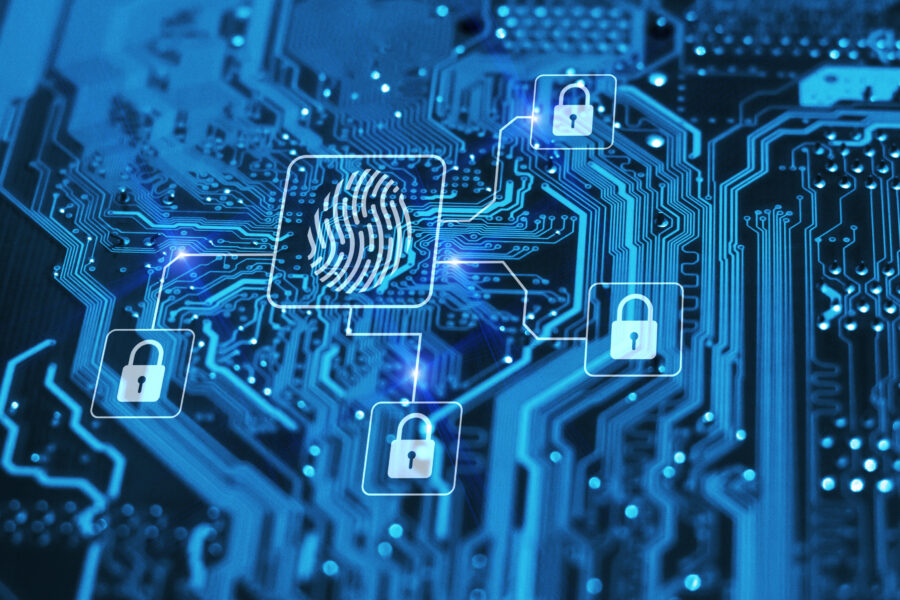
Cyber threats are more pervasive than ever, putting immense pressure on companies to protect their systems and information. Since businesses must quickly identify vulnerabilities and act swiftly, they turn to data visualization for readable insights. These tools strengthen cybersecurity efforts in various ways and are becoming necessary to safeguard organizations’ most valuable digital assets.
The importance of data in cybersecurity
Data is everywhere and is the key to cybersecurity success. Every interaction, network connection, and user action produces a stream of information that holds important insights into an organization’s security posture. Yet, with the daily volume of data, it’s easy for early signs of threats to slip through the cracks. Without a clear way to interpret this data, cybersecurity teams risk missing subtle cues of a cyberattack.
That’s where data analytics can enhance this process. These platforms turn large datasets into clear, actionable visuals, making it easy to spot irregularities at a glance. Researchers expect global cybercrime costs to soar to $10.29 trillion by 2025, so quickly identifying threats is more crucial than ever. When these tools present visual patterns, cybersecurity teams can look up data trends faster than by manually doing so.
This immediate detection allows teams to respond more quickly and effectively. For instance, visual dashboards allow professionals to monitor threat levels and response status in real-time, which is essential when every minute counts. Cyber risks occur daily, so shifting from reactive to proactive methods gives cybersecurity teams the upper hand in preventing them.
Ways data visualization prevents cyberattacks
Data visualization is helping in many ways in the fight against cyberattacks, enabling companies to detect and respond to hazards more precisely.
1. Improves threat detection
Spotting unusual activity is critical to preventing breaches, especially since cyber threats are constantly growing in frequency and sophistication. Data visualization tools assist security teams by detecting outliers of a potential attack. For example, heat maps and line graphs can instantly reveal spikes in network activity, providing early warnings of suspicious behavior.
This technique is essential since many breaches result from avoidable issues within an organization. Research shows that 24% of data leaks occur due to IT failures, while 21% happen from human error. These violations are the most common incidents within cybersecurity today.
Data visualization addresses these risks by pinpointing system vulnerabilities and flagging risky behaviors before they lead to serious consequences. By generating actionable insights, cybersecurity professionals can deter risks before they escalate into a full-scale breach.
2. Streamlines incident response
Response time is everything in cybersecurity. When an incident occurs, teams must be quick to assess the scope and impact of a threat to minimize damage. Data visualization streamlines this process by consolidating key information into digestible formats. From dashboards to timeline graphs, IT leaders can use these tools to focus on immediate action rather than data wrangling.
This efficiency becomes especially valuable to companies, as 52% reported that their IT teams spend too much time collecting data manually. With graphical representations, much of the legwork is gone. Visual tools enable security professionals to monitor each step of the response, from tracking containment progress to highlighting critical areas. As a result of creating faster resolutions, businesses can allocate IT resources to other tasks that matter most.
3. Enhances threat intelligence and prediction
Data visualization does more than respond to current threats — it also anticipates future ones. These tools achieve this by analyzing past data to signal upcoming threats or vulnerabilities. Clustering and timeline mapping are popular tools for predicting future breaches — they make it possible to see how threats evolve over time.
These insights help teams to stay one step ahead by preparing for threats before they materialize. Visualizing data enables security professionals to assess which attacks are becoming more frequent and which areas are most at risk. In turn, companies can focus on the most critical areas and strengthen defenses accordingly.
4. Monitors network traffic for anomalies
One core benefit of data illustration is how it helps teams monitor network traffic to spot anomalies that indicate a security threat. Network traffic data is constantly flowing, and tracking each connection can be overwhelming when viewing raw numbers alone. Yet, by converting this data into visual formats, cybersecurity teams can analyze it to see if there are any unusual spikes in traffic or unexpected connections.
Detecting usual traffic patterns is crucial because unusual trends often serve as early warning signs of cyberattacks. This information enables cybersecurity teams to set up automated alerts for specific triggers, ensuring the tools flag suspicious events immediately.
5. Analyzes user behavior
Cybersecurity teams must understand user behavior to learn where cyberattacks originate within an organization. Insiders account for 60% of all cyberattacks, with one in four occurring unintentionally. By leveraging data analytics, IT teams can track user activity and identify deviations from normal behavior.
Internal risks can be costly and devastating to companies of all sizes. According to IBM’s Cost of a Data Breach report, malicious insiders cost businesses $4.99 million in data leaks. However, enterprises can prevent these expensive occurrences from happening by using analytics to monitor user behavior.
Through dashboards and real-time alerts, security teams can focus on risky behaviors. In this way, data visualization enhances awareness of insider threats, making it more likely to reduce security risks.
Data visualization is critical to bolstering cybersecurity
Cyber threats are becoming more refined daily, so a quick turnaround in interpreting complex data is crucial for maintaining a strong defense. Data visualization helps cybersecurity departments become speedier in threat detection and recovery. By investing in such tools, organizations can better handle and prevent widespread attacks.
